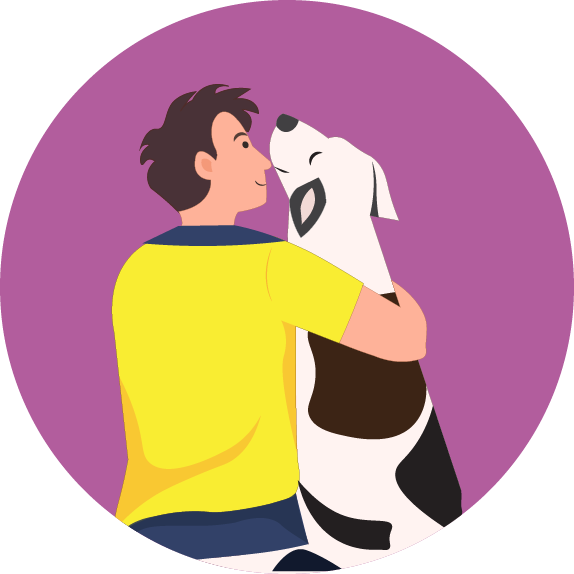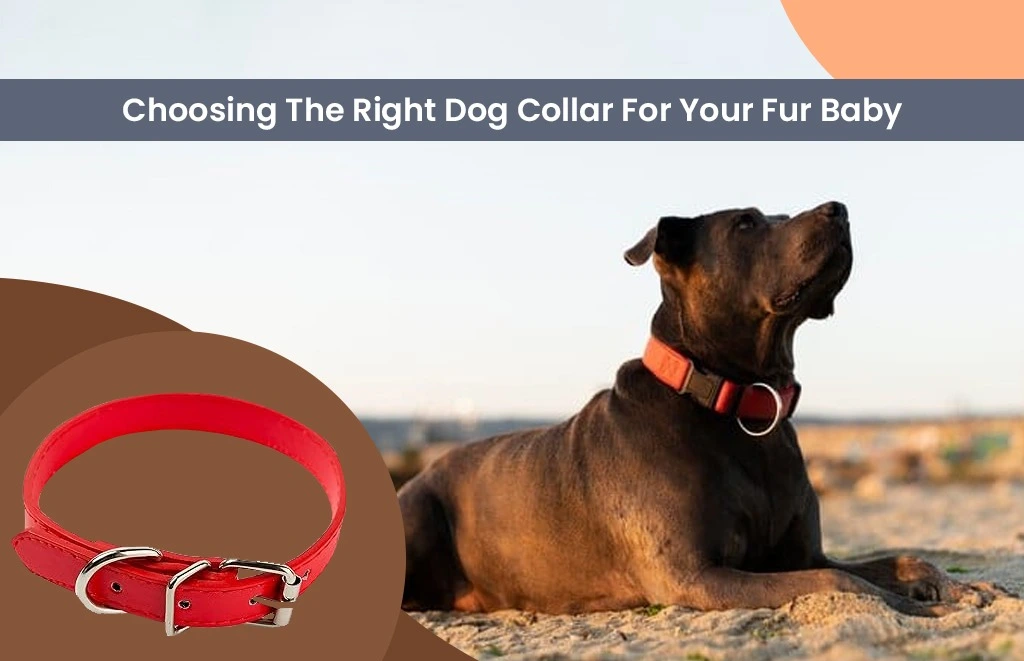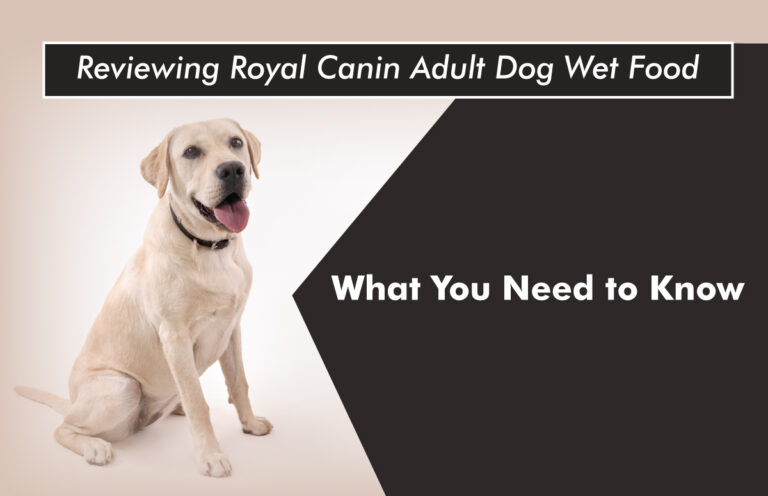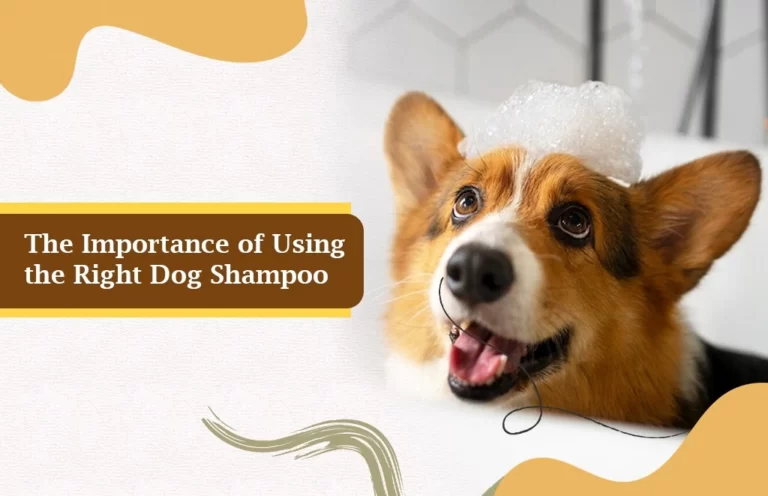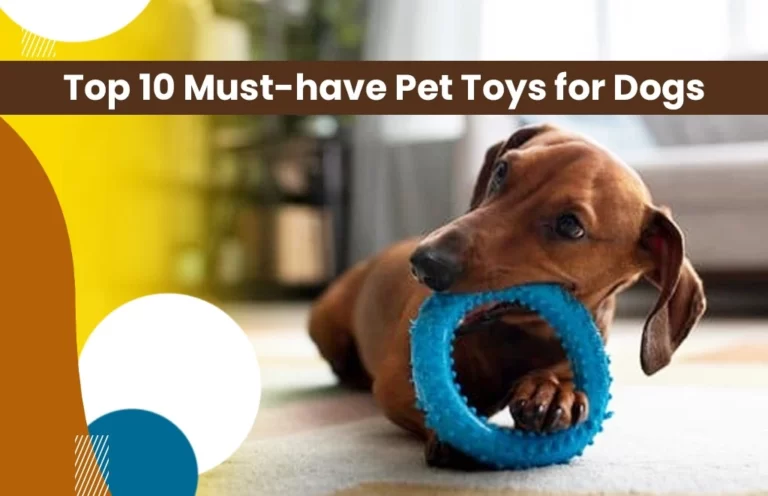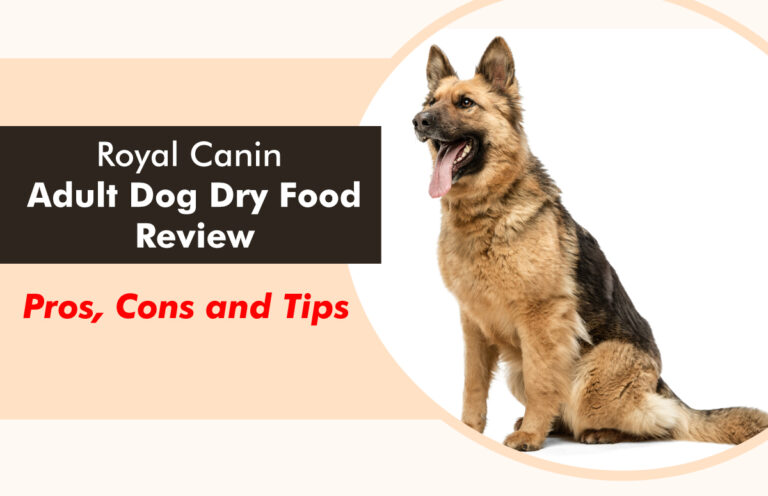Choosing the Right Dog Collar for Your Fur Baby
Table of Contents
- Introduction
- Importance of Selecting the Right Dog Collar
- Types of Dog Collars
- Considerations for Safety
- Fit and Comfort
- Breed-Specific Considerations
- Style and Aesthetics
- Top Dog Collar Recommendations
- How to Measure and Fit a Dog Collar
- TOP PLACES TO BUY DOG COLLARS
- Cleaning and Maintenance Tips
- FAQs
- Conclusion
Introduction
Your pet deserves the best, which includes a collar that is both functional and fashionable. Selecting the ideal dog collar is essential for your pet’s safety and comfort, and it’s not just a matter of style. In this article, we’ll examine the numerous factors to consider while choosing the ideal dog collar for your cherished pet.
Importance of Selecting the Right Dog Collar
- Safety: The primary concern when selecting a dog collar is safety. A properly fitting collar can prevent your dog from slipping out of it, which is especially important during walks or in unfamiliar environments. It also ensures that your dog remains securely tethered, reducing the risk of running into traffic or dangerous situations.
- Identification: Identification tags with vital details, such as your pet’s name, contact information, and evidence of immunizations, are frequently worn on dog collars. A collar with ID tags is essential in case your dog gets lost so they can return home.
- Training: Selecting the right kind is crucial if you’re using a collar for training. Different types of training collars, including prong or choke chains, should be used under the supervision of an experienced dog trainer. These collars can be helpful when worn correctly, but if not, they can potentially be harmful. A well-fitted flat collar or harness would be ideal for routine training and control.
- Comfort: Dogs need to feel at ease in their clothing, just like humans. Your dog may feel distressed and uncomfortable if their collar is loose or tight. An excessively tight collar may chafe or limit your dog’s motion. It can come off if it’s too flimsy, leaving your dog open to injury or escape.
- Health: Selecting the suitable collar also impacts your dog’s health, especially when considering their neck and trachea. For dogs with certain health conditions or breeds prone to neck injuries, a harness might be a better option to distribute pressure evenly across their body.
- Behaviour: A comfy and correctly fitted collar might influence your dog’s general behaviour. Due to an uncomfortable or painful collar, your dog may exhibit signs of anxiety, agitation, or even aggression. Your dog will be comfortable and able to participate in daily activities with the correct collar.
- Breed and Size Specificity: Different breeds have unique needs and body shapes. Greyhounds, for example, have slender necks and deep chests, making them more susceptible to neck injury. Bulldogs have short snouts, which can affect their breathing. You can ensure their comfort and safety by selecting a collar that considers your dog’s specific breed and size.
- Fashion & Style: For many pet owners, the look and feel of a dog collar are significant, even though they are not as crucial as safety and comfort. In addition to reflecting your dog’s individuality, a fashionable collar lets them stand out and express themselves. Both you and your pet friend may make a fashion statement with a well-made collar.
Types of Dog Collars
- Flat Collars: These are the standard and most commonly used collars in India. They are typically made of materials like nylon, leather, or fabric. Flat collars are ideal for everyday wear and often have a buckle or snap closure. They are commonly used for attaching identification tags and come in various styles, colours, and designs.
- Martingale Collars: Martingale collars are made to keep dogs from slipping out of their collars, especially those with narrower skulls like Greyhounds. They have a loop that gets tighter when the dog pulls, but unlike a regular choke collar, it doesn’t choke the dog. Indians favour these collars for their safety and control qualities.
- Harnesses: Dog harnesses are becoming more and more well-liked in India. They are available in several designs, such as back-clip, front-clip, and no-pull harnesses. For dogs with tracheal problems or those who pull on walks, harnesses are an excellent option because they fit around the dog’s body rather than its neck. They lessen the chance of harm by applying pressure to the dog’s chest and back more evenly.
- Specialised Collars: India also offers specialised collars, such as GPS collars for tracking and safety and reflective collars for night walks. GPS collars are beneficial for pet owners who want to keep a close eye on their dogs’ whereabouts or for those living in rural areas where dogs may roam freely.
- Breed-Specific Collars: Certain dog breeds have specific needs and characteristics that may influence the type of collar they require. For example, the Indian climate is diverse, and dog breeds like Siberian Huskies, which are not native to India, might require collars that provide extra comfort and protection from the heat.
Considerations for Safety
Your primary goal when selecting a collar should be safety. The following are some safety suggestions:
- Size: Make sure it is not too small or large. The distance between the collar and your dog’s neck should be wide enough to accommodate two fingers.
- Material: opt for a strong, breathable material like nylon, leather, or a combination of the two.
- Quick Release Clasp: Select a collar with a quick-release clasp for emergencies.
- Reflective Elements: If you walk your dog at night, consider getting a collar with reflective accents to make him more visible.
- Avoid Choking Hazards: Take away any attachments or accessories that could cause choking.
Fit and Comfort
- Material: The collar’s material is crucial to your dog’s comfort. Nylon, leather, cloth, or a combination of these materials can make collars. It’s vital to pick a material that is gentle to the touch and doesn’t irritate your dog’s skin.
- The width of the collar has an impact on comfort. Wider collars typically apply pressure to your dog’s neck more evenly, making it more comfortable, especially for larger breeds. However, a thinner collar can be more suitable for pups or smaller dogs.
- Lining: Some collars include lined or cushioned inside that might provide additional comfort for your dog while wearing the collar. Check the collar’s edges to ensure they are smooth and won’t rub or chafe your dog’s neck.
- Weight: Choose a collar that is manageable for your pet because heavier collars might be painful for smaller or more sensitive breeds.
- Size: To choose the best collar for your dog, measure the length of its neck. The circumference of your dog’s neck can be measured with a piece of thread or a flexible measuring tape. The distance between the collar and your dog’s neck should be easily spanned by two fingers.
- Adjustability: Many collars feature straps that may be adjusted to accommodate your dog’s neck size. This is advantageous for growing puppies and dogs that could gain or lose weight.Examine the collar’s buckle or closure to ensure it is well-made and won’t unfasten accidentally. In an emergency, a quick-release buckle can be necessary.
- Check for Snugness: A properly fitted collar should be snug but not too tight. You should be able to slip two fingers between the collar and your dog’s neck without being overly loose. This ensures your dog is comfortable while preventing them from slipping out of the collar.
- Growth Considerations: For puppies, remember that they’ll grow, so you might need to adjust the collar size periodically or opt for an adjustable collar to accommodate their growth.
Breed-Specific Considerations
- Climate and Environment: India experiences diverse climates, ranging from hot and humid in coastal regions to cold and mountainous in the north. This means that breeds adapted to specific climates may require different types of collars. For example, Northern breeds like Huskies, known for their thick fur, might benefit from lightweight, breathable collars to prevent overheating. In contrast, short-haired breeds like the Doberman Pinscher may need collars that provide extra warmth during colder months.
- Size and Strength: The size and strength of your dog are important considerations when choosing a collar. From tiny and delicate toy types like Chihuahuas to robust breeds like Great Danes, you may discover a variety of dog breeds in India. The size and strength of the dog should be considered while choosing a collar to ensure that it can comfortably and securely control the dog.
- Neck Shape and Sensitivity: Different breeds have varying neck shapes and sensitivities. For instance, Greyhounds have slender, fragile necks that require special consideration to prevent injury. On the other hand, breeds with thick necks, such as Bullmastiffs, may need wider collars for comfort and safety.
- Activity Level: Breed-specific considerations should also account for your dog’s activity level. Working breeds, like Border Collies or Indian Pariah dogs, may require a collar that offers durability and secure fastening to handle their high energy levels and potential pulling during activities like herding or agility training. On the other hand, more sedentary breeds may do well with a lighter, everyday collar.
- Breathing and Trachea Issues: Certain breeds in India, such as Bulldogs and Pugs, have brachycephalic faces (short noses) and are prone to breathing problems. These dogs may benefit from harnesses rather than collars since collars can put pressure on their necks, making breathing harder. A harness evenly distributes the pressure, making it a safer option.
- Local and Indigenous Breeds: India has several indigenous breeds like the Rajapalayam, Mudhol Hound, and Indian Pariah dog. These breeds have unique characteristics and may require special considerations. Research your dog’s breed to understand any specific needs related to collar selection.
Style and Aesthetics
- Material and Design: Dog collars come in various materials, such as nylon, leather, fabric, and metal. Each material can offer a different style, from a classic leather collar to a vibrant patterned fabric collar. Consider the material that aligns with your dog’s comfort and needs while reflecting your desired style.
- Patterns and Colours: Collars are available in various colours and patterns. Some pet owners prefer simple, solid colours, while others opt for bright, playful patterns like stripes, polka dots, or themed designs. Choosing colours and patterns can add a fun and personalised touch to your dog’s appearance.
- Customisation: Many companies offer customised dog collars where you can add your dog’s name, contact information, or even specific messages. Customisation allows for a unique and personalised look while providing a practical function.
- Breed and Size Considerations: The style of a dog collar can also be influenced by your dog’s breed and size. For example, a small breed may look adorable in a dainty collar with a decorative bow. In contrast, a bigger breed might sport a sturdier collar with a bold design.
- Collars for Special Occasions and Seasons: Some pet owners enjoy changing their collars according to the season or other events. You can purchase collars made for particular holidays, events, or seasons so that your dog can take part in the fun.
- Dog collar trends are similar to human fashion trends in that they come and go. You can find fashionable and modern collars by keeping tabs on current trends.
- Safety First: While appearances are important, you should always put your dog’s safety first. Make sure neither comfort nor safety is compromised by the collar you choose. For instance, keep heavy or ornamental collars away from little dogs as they may be unpleasant or harmful.
Top Dog Collar Recommendations
- Best Everyday Collar:
- Made to ROAM Premium Dog Collar: This durable and comfortable nylon collar comes in various sizes and colours, making it suitable for daily wear and style.
- Best Martingale Collar:
- Pawtitas Reflective Martingale Dog Collar: Ideal for dogs that tend to slip out of regular collars, this martingale collar provides extra control without choking your dog.
- Best Leather Collar:
- PetsUp Royal Leather Dog Collar: Made from high-quality leather, this collar is stylish but also comfortable and durable. It’s suitable for medium to large dogs.
- Best Reflective Collar:
- R Rexalt Reflective Dog Collar: Designed for safety during low-light conditions, this reflective collar ensures your dog remains visible during evening walks.
- Best No-Pull Harness:
- Rabbitgoo Dog Harness No Pull : While not a traditional collar, this harness effectively prevents pulling and distributes pressure evenly, making it comfortable for your dog.
- Best Fashion Collar:
- Heads Up For Tails Designer Dog Collars: This brand offers a variety of stylish and trendy dog collars with patterns and designs to suit different tastes.
- Best GPS Collar:
- Tractive GPS Tracker for Dogs: This collar includes a GPS tracker to monitor your dog’s location, providing peace of mind for pet owners in India who want to keep a close eye on their furry friends.
- Best Customised Collar:
- Kraftidy Personalized Dog Collar : This collar can be customized with your dog’s name and contact information, adding a personal touch while serving as an identification tool.
- Best Training Collar:
- MAISOIE Dog Training Collar: For pet owners in India looking for training tools, this remote-controlled collar offers different training modes and is suitable for obedience training.
- Best Adjustable Collar for Puppies:
- Boltz Puppy Dog Collar : This adjustable collar is perfect for growing puppies. It is designed with soft and lightweight materials to ensure their comfort.
How to Measure and Fit a Dog Collar
How to Measure Your Dog’s Neck :
- Get Your Tools Ready: A flexible measuring tape, some string, or a fabric tape measure is required. If you don’t have one, you can measure something using a ruler or a conventional tape measure first using a piece of non-stretchable string. By being made to stand or sit comfortably, your dog should be prepared. To get accurate measurements, your dog must be relaxed and not pulling on the leash.
- Measure the Neck: Wrap a measuring tape or piece of string around the region of your dog’s neck where you want the collar to rest. This is usually seen in the broadest part of the dog’s neck, just above the collarbone and below the base of the skull. Check to make sure it is snug but not too tight. That distance should be comfortable for two fingers to fit between the measuring tape and your dog’s neck.
- Take the Measurement: Once you have the measurement, note the length in inches or centimetres. This measurement will determine the collar size you need.
Choosing the Right Collar Size:
- Refer to Sizing Charts: Different collar manufacturers provide sizing charts corresponding to neck measurements. Use the measure you obtained to select the appropriate collar size from the manufacturer’s chart. Collars often come in sizes, such as small, medium, large, or specific neck measurements in inches or centimetres.
- Consider Growth: If you have a puppy, remember they will grow. Choosing an adjustable collar or a slightly larger size that can be tightened as your puppy grows is a good idea. Regularly check the collar’s fit and adjust it accordingly.
Making the Collar Fit :
- Put the Collar on. After choosing the correct size, gently wrap the collar around your dog’s neck. Verify that any buckles or clasps are correctly fastened.
- Examine the Fit: It should fit snugly yet not be overly restrictive. As previously stated, the collar and your dog’s neck should comfortably accommodate two fingers. This makes space for mobility and guarantees your dog’s comfort when breathing.
- Check the collar’s security to make sure it can’t come off over your dog’s head. It shouldn’t be so loose that it hinders your dog’s breathing or movement, but it shouldn’t be so tight that you can easily remove it.
- Trim Excess Length: If there is excess collar length after fastening, trim it to prevent your dog from chewing on it or getting caught on objects. Leave about an inch or two of extra length beyond the buckle for adjustments.
- Regularly Inspect the Fit: Dogs can change in size over time due to factors like weight gain or loss. Periodically check the collar’s fit and adjust it to remain comfortable and secure.
TOP PLACES TO BUY DOG COLLARS
Online Retailers :
- Flipkart: Flipkart offers a wide range of pet products, including dog collars, from various brands and sellers.
- Amazon: Amazon offers a wide selection of dog collars, harnesses, and accessories from various brands and sellers.
- Snapdeal: Snapdeal is an online marketplace with a selection of dog collars and accessories.
- Chewy: While primarily based in the United States, Chewy offers international shipping, and they have a comprehensive selection of pet supplies, including dog collars.
- eBay India: eBay India is another platform where you can find various pet products, often available from individual sellers and businesses.
- Pawrulz: Pawrulz is an Indian online pet store specialising in various pet products, including dog collars and accessories.
- PetShop18: PetShop18 is an online pet store that provides a selection of dog collars, harnesses, and other pet accessories.
- Heads Up For Tails: Heads Up For Tails is online pet boutique offers stylish, high-quality dog collars and accessories for fashion-conscious pet owners.
- Pets Empire: Pets Empire offers a range of pet products, including dog collars, for pet owners in India
Local Pet Stores, Specialized Pet Boutiques :
- Puppychino (Delhi): A pet boutique in Delhi, Puppychino offers stylish dog collars, harnesses, and accessories for fashion-forward pets.
- Heads Up For Tails (Various Cities): Heads Up For Tails has physical stores in several Indian cities and specialises in premium pet products, including designer dog collars.
- The Barkery (Mumbai): The Barkery, located in Mumbai, offers a range of pet products, including customised collars and accessories.
- Pet Shops (Local): Many local pet shops and stores in Indian cities carry dog collars and accessories. These shops can be a great place to find unique and locally made products.
- Pet Boutiques (Local): Several pet boutiques specialise in designer and customised dog collars. These boutiques can be found in different cities.
- Pet Accessory Stores (Local): Various cities in India have pet accessory stores that offer a selection of collars and other pet-related items.
- Dog Grooming Salons (Local): Some dog grooming salons also sell dog collars and accessories alongside their grooming services.
- Pet Training Centers (Local): In addition to training services, some local pet training centers may also offer dog collars and training accessories.
Local Craftsmen and Artisans:
- Local Leather Shops: Many local leather artisans in India can create custom-made leather dog collars, ensuring quality and uniqueness.
- Craft Fairs and Markets: Watch for craft fairs and markets in your area. Local artisans may create handcrafted dog collars using various materials and designs.
Cleaning and Maintenance Tips
- Examine your dog’s collar frequently for symptoms of deterioration, such as fraying, slack stitching, or broken hardware (buckles, D-rings, and tags). Replacing the collar immediately is critical if you find any damage.
- Different types of collar materials need different types of upkeep. Following are some recommendations for typical collar materials:
- Nylon: Collars made of nylon are simple to clean. Hand wash with a gentle detergent, thoroughly rinse and let air dry.
- Leather: To prevent drying and cracking, leather collars need to be maintained occasionally. Use a leather lotion or conditioner made specifically for dog collars. Clean up any stains or grime using a wet towel.
- Fabric: Following the manufacturer’s directions, fabric collars can be hand- or machine-washed. Use a gentle detergent, and make sure you rinse everything well.
- Avoid Using Harsh Chemicals: Harsh chemicals, bleach, and strong detergents should not be used to clean your dog’s collar since they could damage the material or hurt your dog’s skin.
- Cleaning and drying: Let the collar air dry after washing. Avoid intense heat sources and harsh lighting because they can damage the collar’s material. Before putting the collar back on your dog, ensure it is completely dry to prevent skin irritation.
- Regular Deodorising: Dog collars can develop odours over time. Consider using a pet-friendly deodoriser or fabric spray to keep your dog’s collar smelling fresh. Add a drop of dog-safe essential oil to the collar for a pleasant scent.
- Remove for Baths and Swimming: It’s good practice to remove your dog’s collar before bathing them or letting them swim. This helps prevent the collar from becoming waterlogged and allows your dog’s skin to dry properly.
- Avoid Prolonged Exposure to Water: Some collars, especially leather, can be damaged if they are consistently exposed to water. Avoid submerging the collar in water for extended periods.
- Rotate Collars: If you have multiple collars for your dog, consider rotating them. This helps extend the lifespan of each collar and prevents wear and tear on a single collar.
- Check for Proper Fit: Regularly check the collar’s fit as your dog grows or weight changes to ensure it remains comfortable and secure. Adjust the collar as needed to accommodate these changes.
- Wash ID Tags Frequently: If your dog wears ID tags on his collar, remove them sometimes and wash them. This keeps them tidy and readable. The monogrammed or embroidered collars should be cared for according to the manufacturer’s guidelines to preserve the customization.
FAQs
What size dog collar should I get for my puppy?
Choosing an adjustable collar or one with room for growth is best for puppies. Measure their neck and select a collar that allows you to adjust size as they grow.
Are harnesses better than collars for dogs?
It depends on your dog’s specific needs. Harnesses are often recommended for dogs with tracheal issues or who tend to pull. Collars with ID tags are still essential for identification.
How often should I clean my dog’s collar?
Regularly inspect and clean your dog’s collar as needed. Collars that get dirty frequently may require more frequent cleaning.
Can my dog wear their collar all the time?
While it’s generally safe for dogs to wear flat collars with ID tags all the time, consider removing training collars or harnesses when not in use to prevent discomfort.
Is it safe to use a prong collar for training my dog?
Prong collars can be effective when used correctly. Still, they should only be used under the guidance of a professional dog trainer to avoid harm.
Can I wash my dog’s collar in a washing machine?
Fabric or nylon collars are often machine-washable, but check the manufacturer’s instructions. Leather collars should not be machine-washed.
How do I prevent my dog’s collar from smelling bad?
Regularly clean and air out the collar, and consider using a pet-friendly deodorizer or adding a drop of dog-safe essential oil for a pleasant scent.
What should I do if my dog’s collar is too tight?
If your dog’s collar is too tight, loosen it to ensure they can breathe and move comfortably. You should be able to fit two fingers between the collar and the neck.
Are there any safety tips for dogs with collar allergies?
If your dog has a collar allergy, consider hypoallergenic materials such as leather or consult a veterinarian for alternative options.
How often should I replace my dog’s collar?
Collars should be replaced when they show wear and tear, become too small, or no longer fit comfortably. It’s a good practice to regularly inspect and assess the collar’s condition.
Remember that when it comes to your dog’s collar, their safety, comfort, and well-being should be your top priorities. Consult a veterinarian or a professional dog trainer for guidance if you have any specific concerns or questions about dog collars.
Conclusion
Selecting the ideal dog collar is crucial for your furry friend’s safety. Make sure it fits your dog precisely whether you choose safety, comfort, style, or a mix of all four. Your pet can take walks and adventures comfortably and flair with the correct collar.
Find the ideal dog collar for your four-legged friend by perusing our selection of premium dog collars. You should only give your dog the best.
